Prune Belly Syndrome In Adults
Prune belly syndrome in adults. Researchers have also seen prune belly syndrome in siblings which may mean the problem is genetic runs in the family. Meet Some Survivors Prune Belly Syndrome. Poorly developed andor absent abdominal muscles Undescended testicles in males cryptorchidism.
A lifelong resident of Long Island New York I was born 52367 with prune belly syndrome including a complete lack of abdominal wall. Children born with this condition present on a broad spectrum ranging. Prune Belly Syndrome is more than an abdominal deformity.
One theory is that if a blockage develops in the urethra the tube that drains urine from the bladder to the outside of the body urine can build up in the bladder causing pressure and forcing the bladder to stretch to the point where it does not work as well. The term prune-belly reflects the characteristic wrinkled appearance of the abdominal wall in the newborn due to the complete or partially complete absence of abdominal wall muscles. Prune Belly Syndrome is a rare congenital anomaly characterized by deficient anterior abdominal wall musculature bilateral cryptorchidism bilateral megaureters and often unilateral or bilateral vesico-ureteric junction obstruction.
An 18 year old male with a history of prune belly syndrome PBS presented with acute abdominal pain and palpable left upper quadrant mass. The estimated incidence is 1 in 35000 to 50000 live births. What is Prune Belly Syndrome.
No one knows the exact cause of prune belly syndrome. Prune belly syndrome is a group of rare birth defects that involves these three main problems. Prune belly syndrome develops as the fetus is growing before birth.
He is one of the oldest living patients to be reported in detail. Prune belly syndrome also referred to as Eagle-Barrett syndrome or the triad syndrome is a rare congenital disorder characterized by the triad of deficient abdominal musculature cryptorchidism and urinary tract abnormalities. Prune belly syndrome consists of three abnormalities.
Prune belly syndrome PBS is a rare congenital syndrome characterized by hypoplasia of the abdominal muscles urinary tract malformations and cryptorchidism in males. The patient was asymptomatic until the diagnosis was made at the age of 54 years.
Prune Belly Syndrome is more than an abdominal deformity.
Children born with this condition present on a broad spectrum ranging. The term prune-belly reflects the characteristic wrinkled appearance of the abdominal wall in the newborn due to the complete or partially complete absence of abdominal wall muscles. The report of prune belly syndrome in the adult is scanty. Other complications necessary surgeries ensued during early childhood mostly relating to kidney other urological issues. Children born with this condition present on a broad spectrum ranging. Prune belly syndrome consists of three abnormalities. The skin in surrounding the anterior abdominal wall appears thin wrinkled and lax hence the term prune belly. Complete PBS also involves urinary tract malformations and cryptorchidism undescended testes. Prune belly syndrome PBS is a rare congenital syndrome characterized by hypoplasia of the abdominal muscles urinary tract malformations and cryptorchidism in males.
Prune belly syndrome is a triad of conditions composed of cryptorchidism urinary tract abnormalities and abnormalities in the musculature of the abdomen. Poor development of the abdominal muscles causing the skin of the belly area to wrinkle like a. Prune Belly Syndrome PBS is a condition that develops in utero and is primarily characterized by malformation of the stomach muscles that can involve part or all of the abdomen. The report of prune belly syndrome in the adult is scanty. The estimated incidence is 1 in 35000 to 50000 live births. No one knows the exact cause of prune belly syndrome. Prune Belly Syndrome is more than an abdominal deformity.
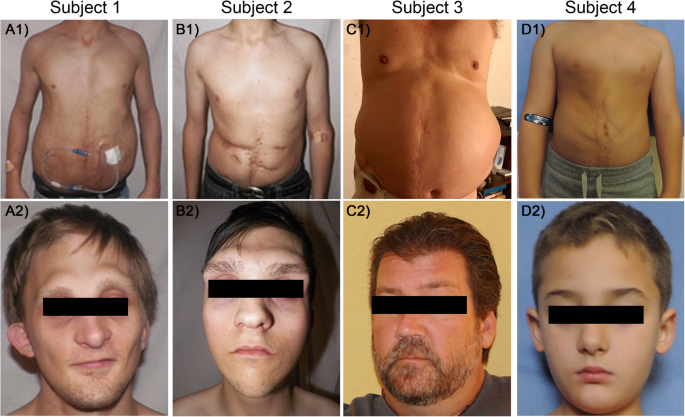






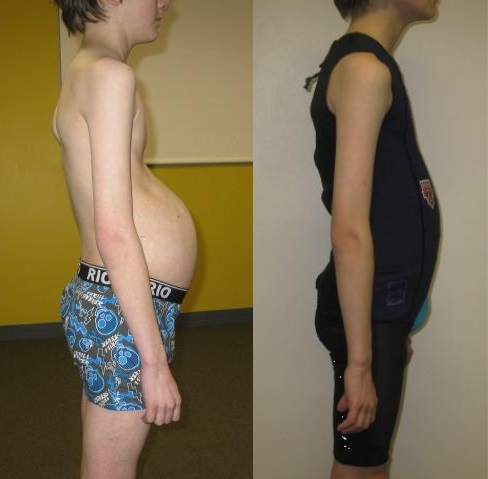



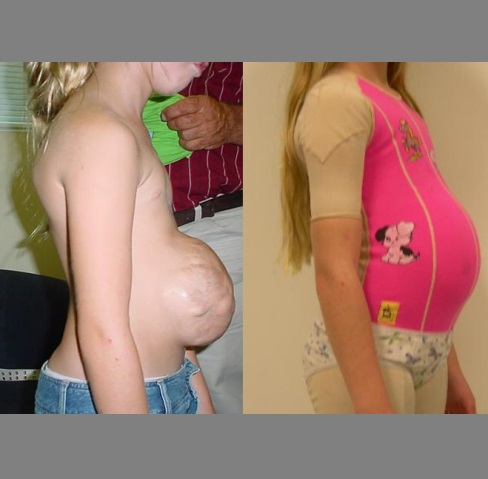



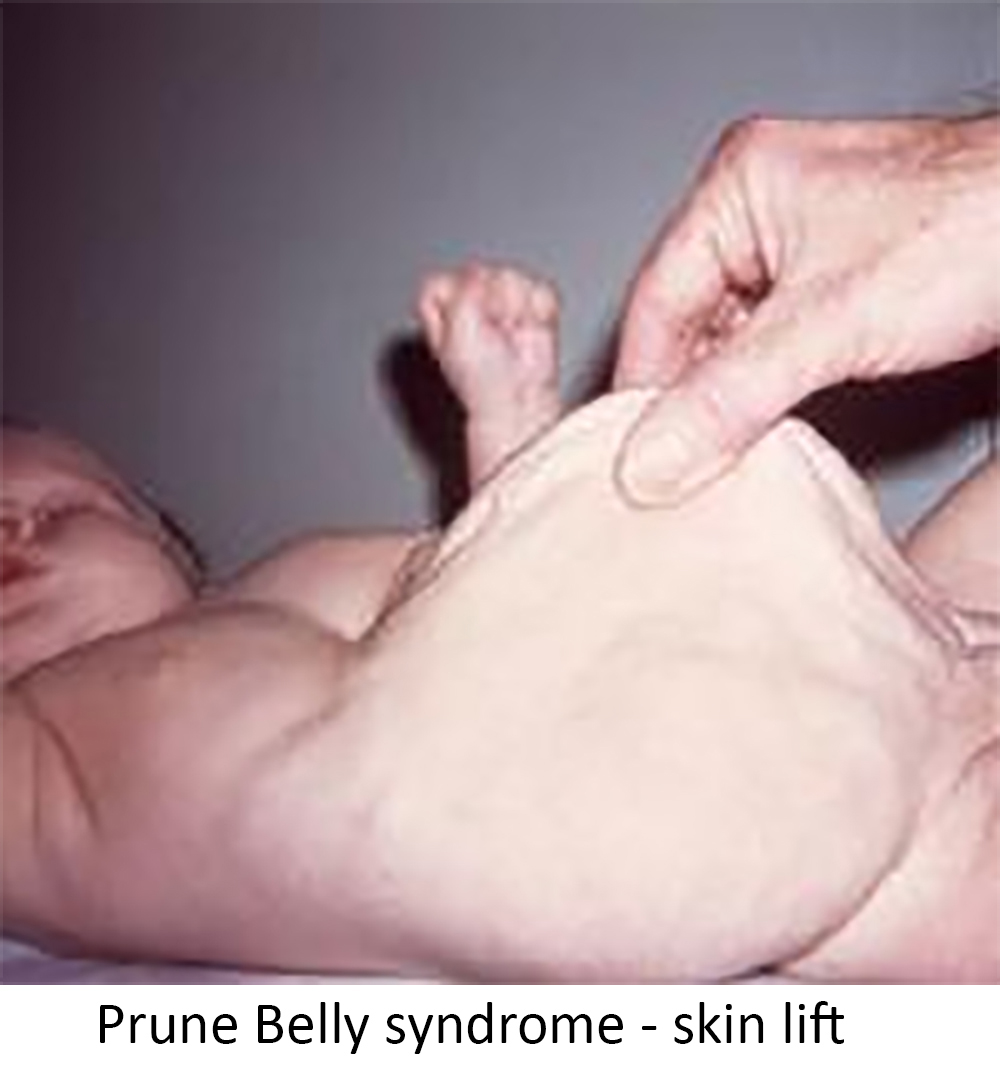
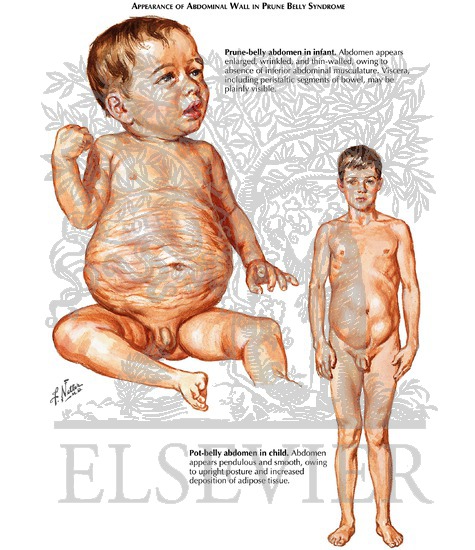


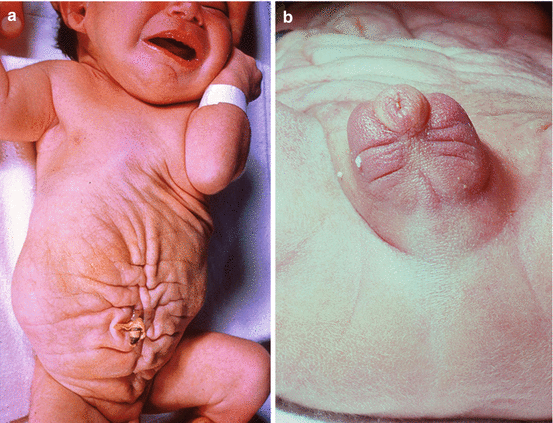







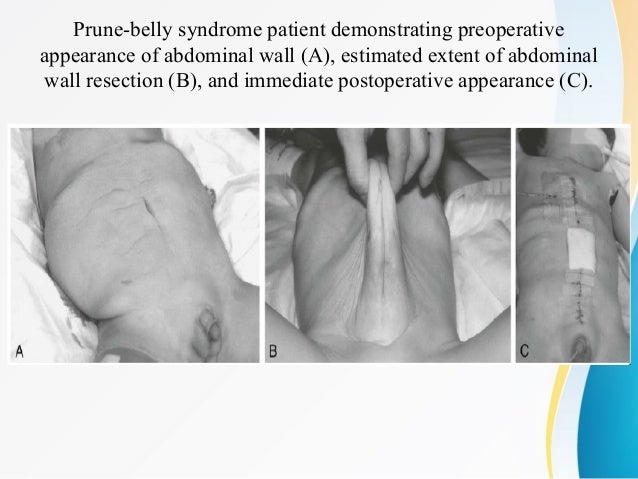



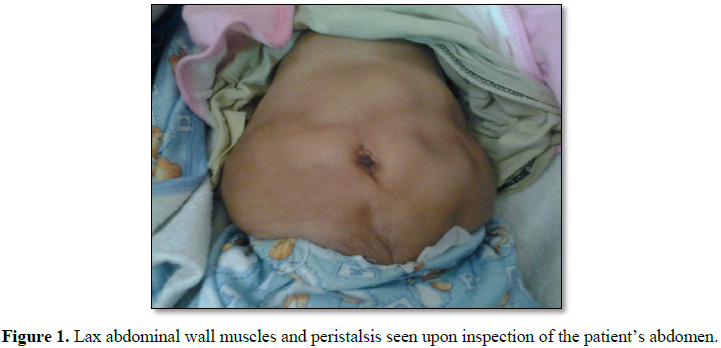

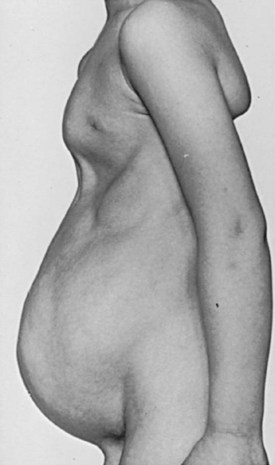
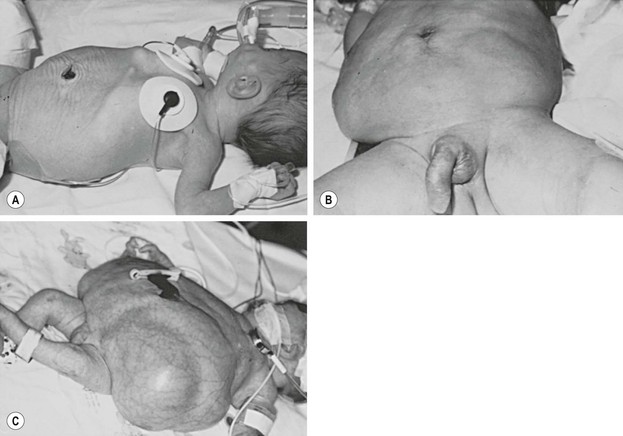









Post a Comment for "Prune Belly Syndrome In Adults"